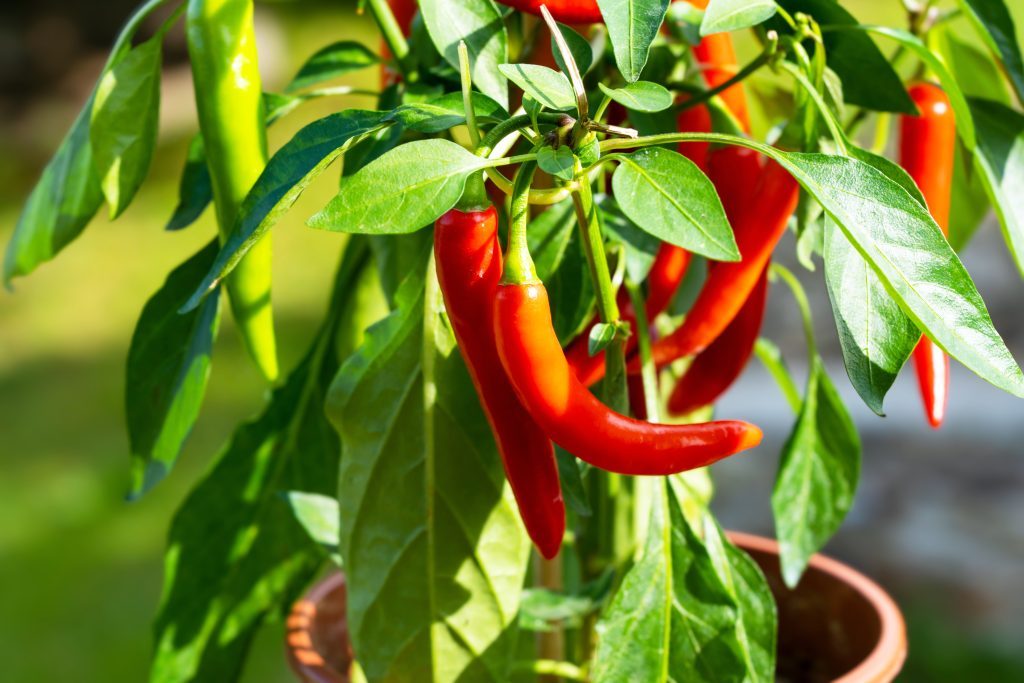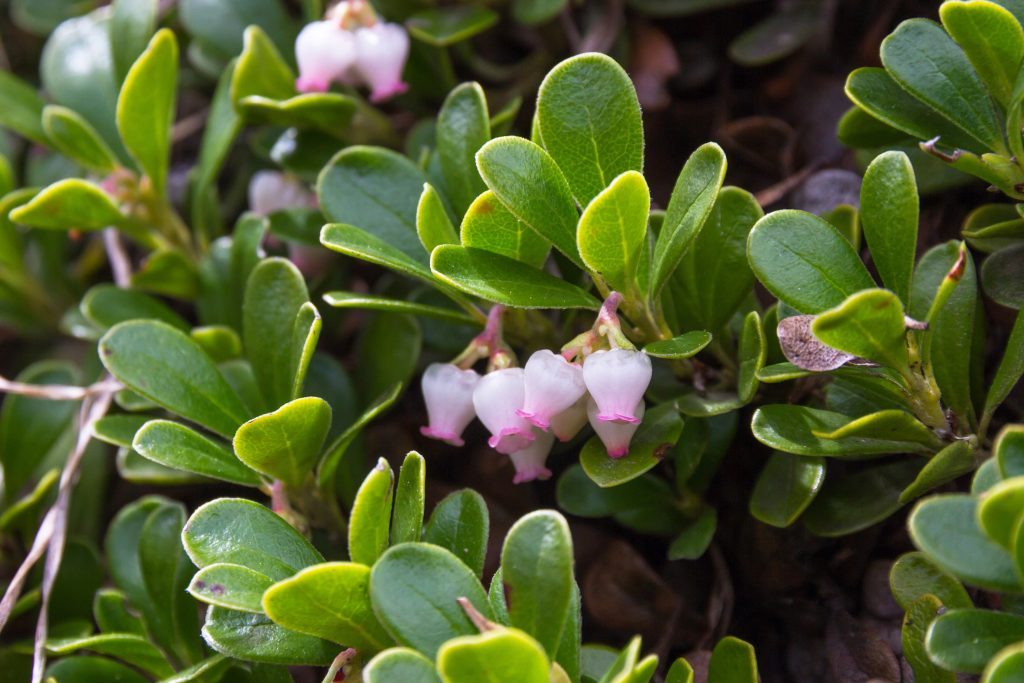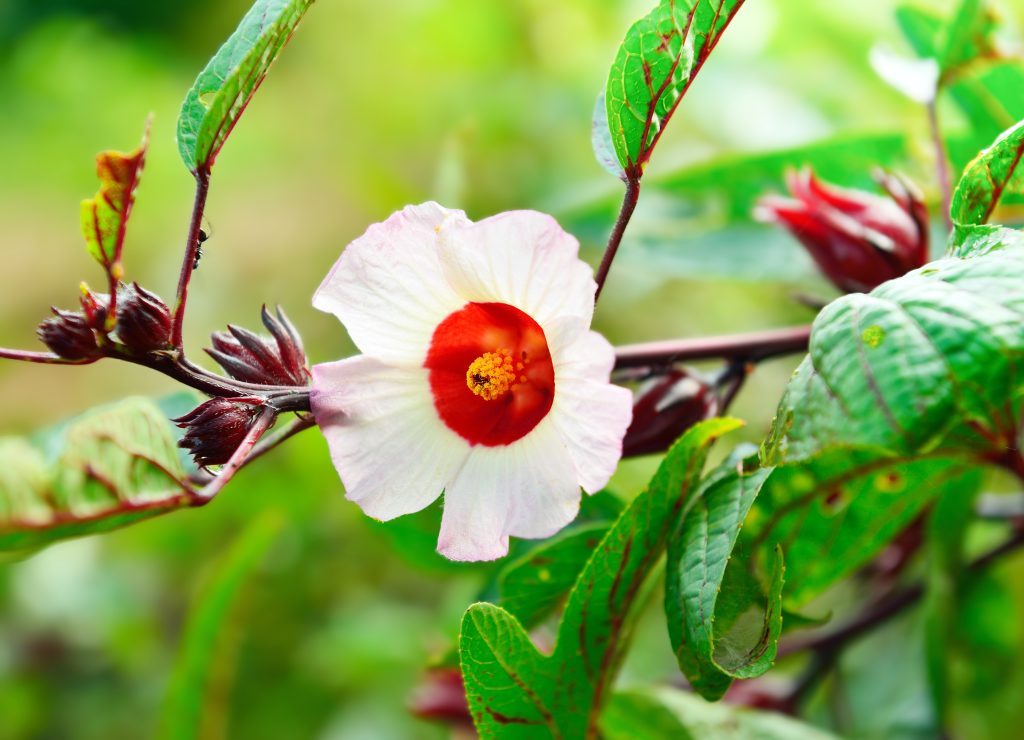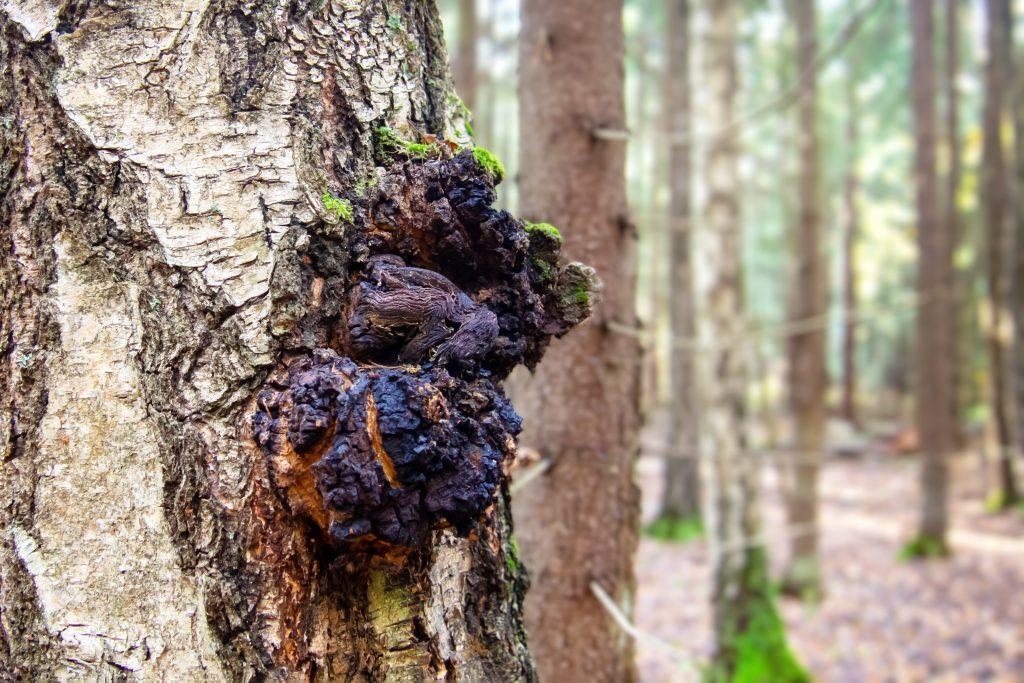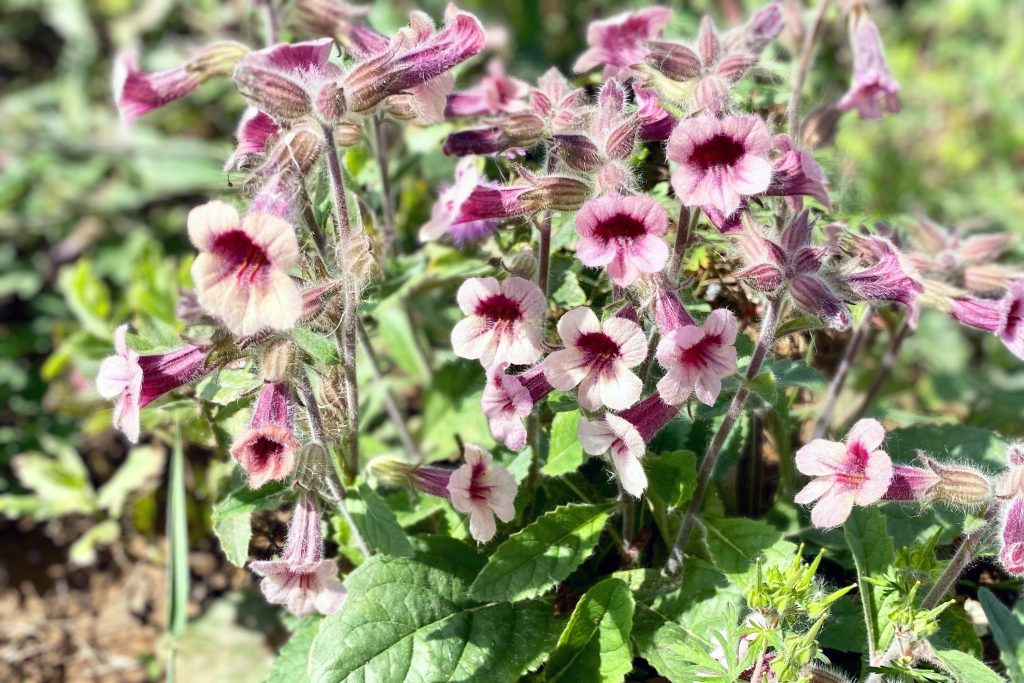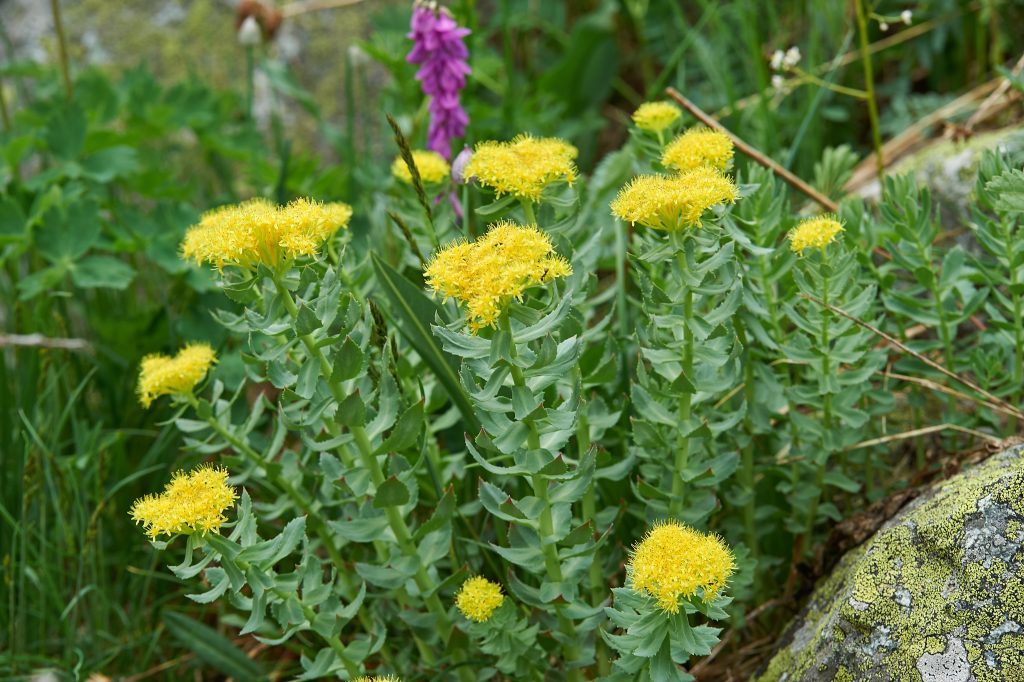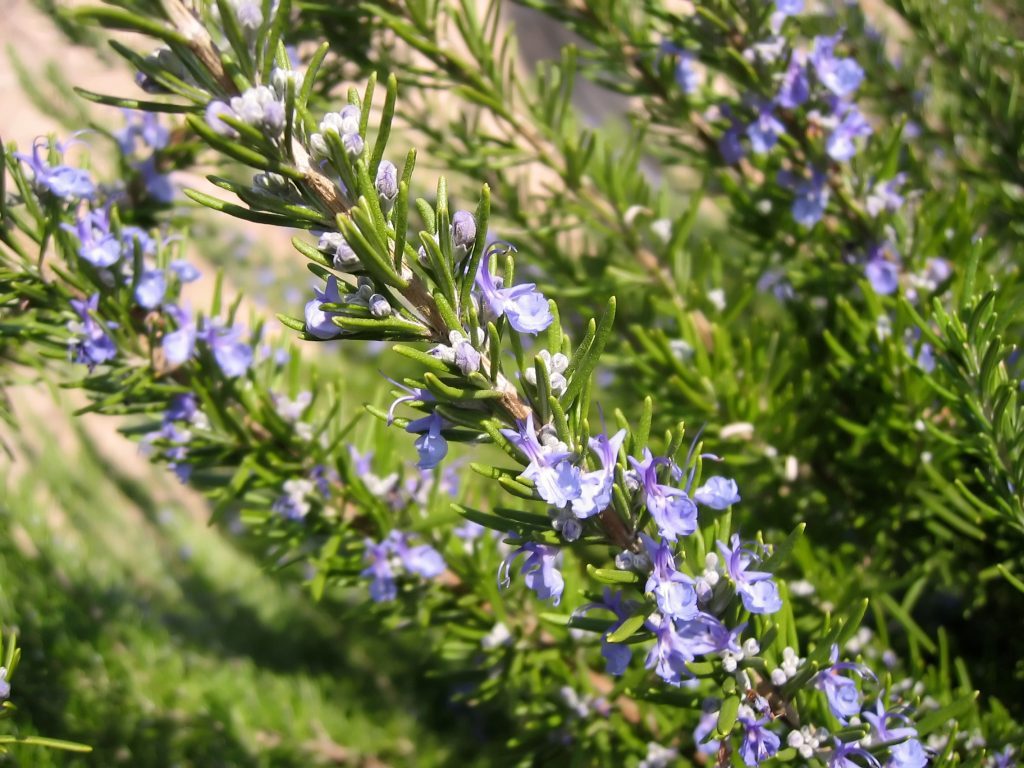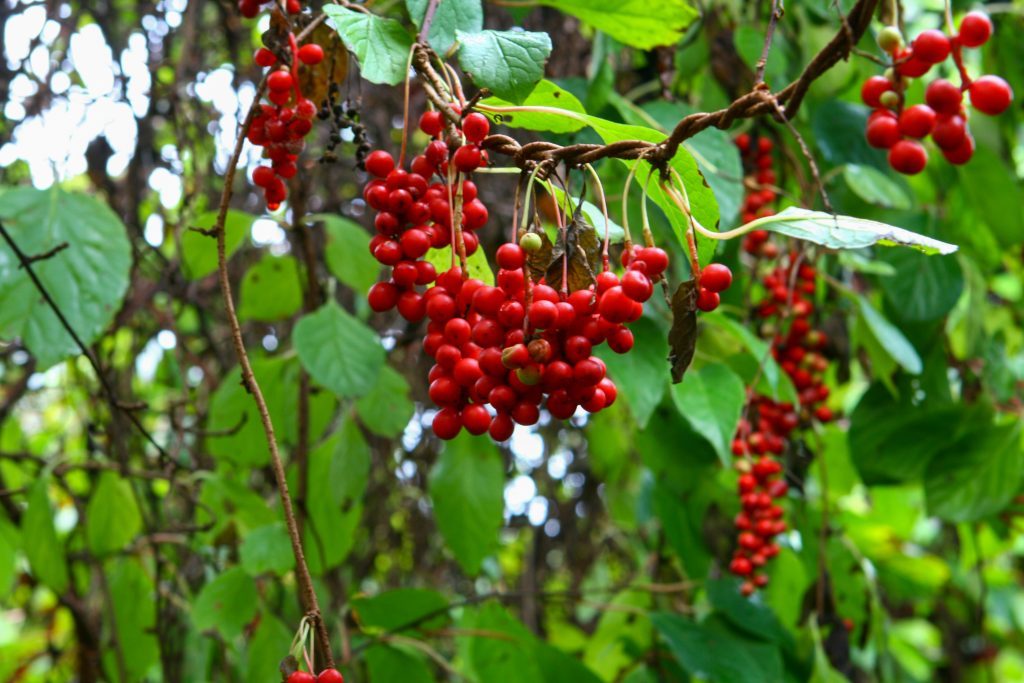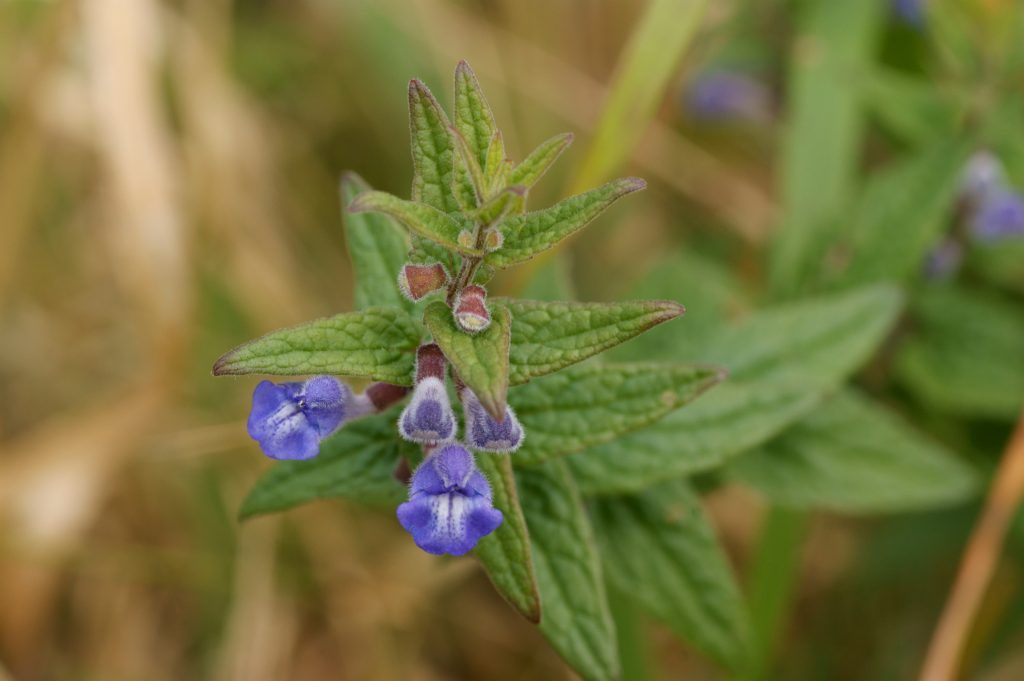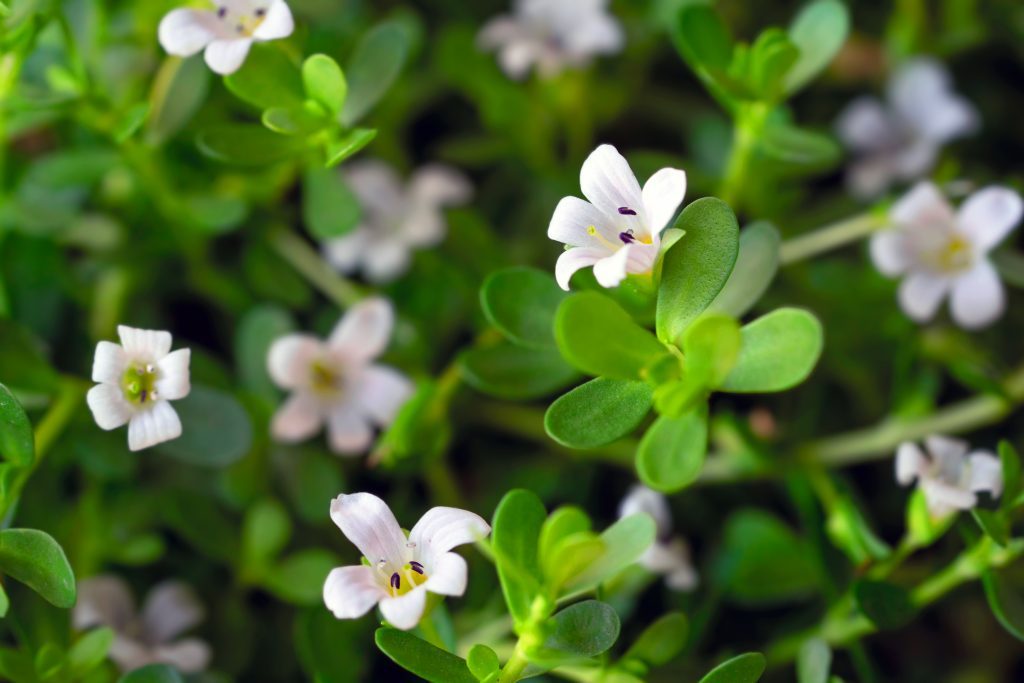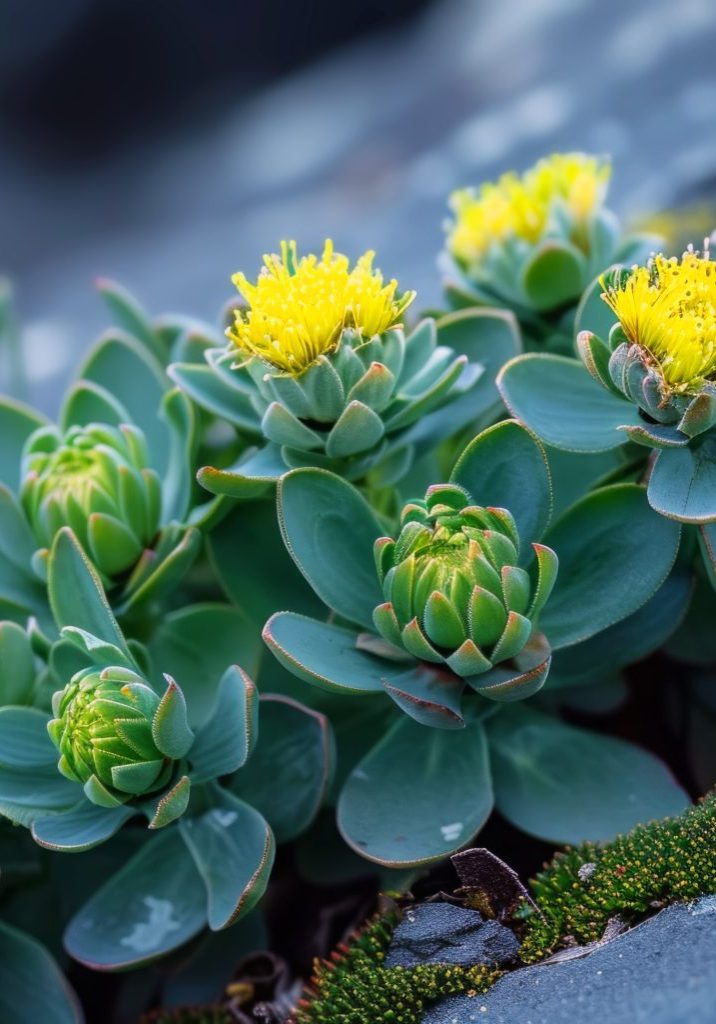
Rhodiola crenulata
Rhodiola crenulata
Crassulaceae (Stonecrop Family)
The Himalayan Adaptogen for High-Altitude Resilience and Cellular Protection.
Other names:
Tibetan Rhodiola, Himalayan Rhodiola, Crenulated Rhodiola, High-Altitude Root.
Superpower
The Altitude Warrior and Cellular Protector with it’s ability to help the body adapt to high-altitude stress and protect cells from oxidative damage.
Uses
Historical Use:
Rhodiola crenulata has been a core component of Tibetan medicine for centuries, traditionally used to prevent altitude sickness, boost stamina, and support heart health. It was particularly prized by Himalayan communities for its ability to help the body endure the harsh conditions of high altitudes, and was also used to improve mental clarity and combat fatigue.
Current Uses:
- Altitude Adaptation: Rhodiola crenulata is still widely used to prevent acute mountain sickness, enhance oxygen utilization, and improve physical performance at high altitudes. Its ability to protect against hypoxia makes it a favored herb for mountaineers, hikers, and those living in high-altitude regions.
- Cellular Protection: With its rich content of salidroside and antioxidants, Rhodiola crenulata is used to protect cells from oxidative stress, helping to reduce inflammation and promote longevity.
- Energy and Stamina: Modern herbalists use Rhodiola crenulata to improve physical endurance and reduce fatigue, making it a popular supplement for athletes or those needing a boost in stamina.
- Immune Support: Rhodiola crenulata supports immune function by helping the body adapt to physical and environmental stress, boosting resistance to illness and infection.
Cautions
Toxicity:
Rhodiola crenulata is generally considered safe when used in moderate doses. However, high doses may lead to symptoms like insomnia, irritability, or increased heart rate, particularly in sensitive individuals.
Contraindications:
Hypertension: Rhodiola crenulata may raise blood pressure in some individuals, particularly at high doses. Caution is advised in those with a history of hypertension.
Pregnancy and Breastfeeding: The safety of Rhodiola during pregnancy and breastfeeding has not been conclusively established, so it is best to consult with a healthcare provider before use.
Interactions:
Rhodiola crenulata may theoretically interact with stimulants, anti-hypertensive medications, or blood-thinning medications. It’s recommended to consult a healthcare provider if taking any medications that influence heart rate, blood pressure, or circulation.
Known Chemical Constituents
Salidroside: The primary active compound in Rhodiola crenulata, known for its adaptogenic, anti-fatigue, and antioxidant properties. It helps increase endurance and resilience to physical and mental stress.
Tyrosol: An antioxidant that supports cellular health and helps protect the body from oxidative stress, particularly during physical exertion or exposure to harsh environmental conditions.
Beta-sitosterol: A plant sterol that supports heart health, boosts immunity, and helps reduce inflammation.
Phenolic Compounds: Includes gallic acid and pyrogallol, which have anti-inflammatory and antioxidant effects.
Flavonoids: Powerful antioxidants that help to protect cells from damage and support overall immune function.
Tannins: Provide astringent properties, helping to tone tissues and support digestive health.
Botanical Description
Habitat: Rhodiola crenulata is native to high-altitude regions such as the Himalayas, Tibet, and parts of China. It thrives in rocky, mountainous terrains at elevations between 3,500 to 5,500 meters, where it endures harsh climates.
Leaves: The leaves are fleshy, thick, and oval with crenulated (wavy) margins. They grow in dense clusters and are adapted to store water, a key survival feature in arid, high-altitude environments.
Stems: The plant has a short, sturdy stem that supports the leaves and flowers. The stem is green and succulent, designed to conserve water in extreme conditions.
Flowers: The flowers are small, yellow, and grow in tight clusters at the ends of the stems. They bloom in the summer, attracting pollinators despite the harsh environment.
Roots: The roots are thick, woody, and rich in medicinal compounds like salidroside and tyrosol. They are the part of the plant most commonly used in herbal medicine, especially for their adaptogenic and anti-inflammatory properties.
Fun Facts
Cherished by Tibetans for centuries as a remedy for altitude sickness. It was traditionally given to those traveling through the Himalayas to enhance their physical endurance and protect against the harsh effects of high-altitude environments. The plant’s adaptogenic properties are said to mirror the resilience needed to survive in such extreme conditions.
Parts Used
Root
Harvest
Timing: Rhodiola crenulata is typically harvested in the late summer to early fall, after it has fully matured and accumulated its medicinal compounds in the roots. The high-altitude regions where it grows require careful timing to ensure the plant’s potency is at its peak.
Method: Carefully dig around the base of the plant to harvest the roots. Ensure that only mature plants are harvested to allow younger plants to continue growing. After harvesting, the roots should be cleaned thoroughly to remove soil.
Storage: After cleaning, the roots are dried in a cool, shaded, and well-ventilated area. Once fully dried, store the roots in airtight containers away from direct light and moisture to preserve their potency. Dried roots can retain their medicinal properties for up to two years when stored properly.
Preparations
Teas/Infusions: Rhodiola crenulata is commonly prepared as a tea or infusion to support energy levels, stamina, and immune function. The tea is particularly effective for those facing physical challenges like high-altitude environments or fatigue.
Tinctures: A tincture made from Rhodiola crenulata can be used to enhance endurance, support cellular protection, and improve mental clarity. It offers a convenient way to deliver the adaptogenic benefits in a concentrated form.
Capsules: Rhodiola crenulata is also available in capsule form, providing an easy way to boost energy and resilience for daily use, particularly for those with busy or physically demanding lifestyles.
Powder: The root can be ground into a fine powder and added to smoothies or warm beverages, offering a natural way to increase stamina and improve overall well-being.
Sacred Rituals
Use a few drops of tincture diluted in water or make a tea. Sit quietly in a space where you can connect with your breath. As you sip, close your eyes and visualize yourself standing on a mountaintop, feeling strong and resilient like the Rhodiola plant that thrives in the harshest environments. With each breath, imagine your energy reserves being replenished and strengthened.
Affirmations
“I embody resilience and strength, just as the mountains endure.”
Spiritual Associations
In traditional Tibetan culture, Rhodiola is considered a sacred herb for enhancing vitality and spiritual connection to the earth, aligning with themes of survival and stamina. It is especially helpful in times of transition or when facing difficult emotional or physical challenges.
Functions
A natural substance, often an herb or plant, that helps the body adapt to stress, balance internal systems, and enhance resilience. The term “adaptogen” was first coined by Soviet scientist Nikolai Lazarev in the 1940s to describe substances that could help the body cope with various forms of stress without causing harm.
Anti-hypoxicA substance or agent that enhances the body’s ability to tolerate or counteract the effects of low oxygen levels in tissues or the bloodstream.
AntioxidantA substance or agent that neutralizes free radicals, preventing oxidative damage to cells and tissues.
CardioprotectiveA substance or agent that helps safeguard the heart and cardiovascular system from damage caused by oxidative stress, inflammation, or other harmful factors.
EnduranceThe ability to sustain prolonged physical or mental activity, often requiring stamina, strength, and resilience.
High-altitude sickness reliefSubstances or interventions that alleviate symptoms of altitude sickness, such as headache, nausea, dizziness, and shortness of breath, caused by reduced oxygen levels at high altitudes.
Immune StimulantA substance or agent that enhances the activity of the immune system, promoting a stronger defense against infections and illnesses.
Mental PerformanceMental performance refers to the efficiency and effectiveness of cognitive functions, including memory, focus, problem-solving, and decision-making.
NeuroprotectiveA neuroprotective is a substance or intervention that protects the nervous system, particularly the brain and spinal cord, from damage caused by oxidative stress, inflammation, or neurotoxins.

